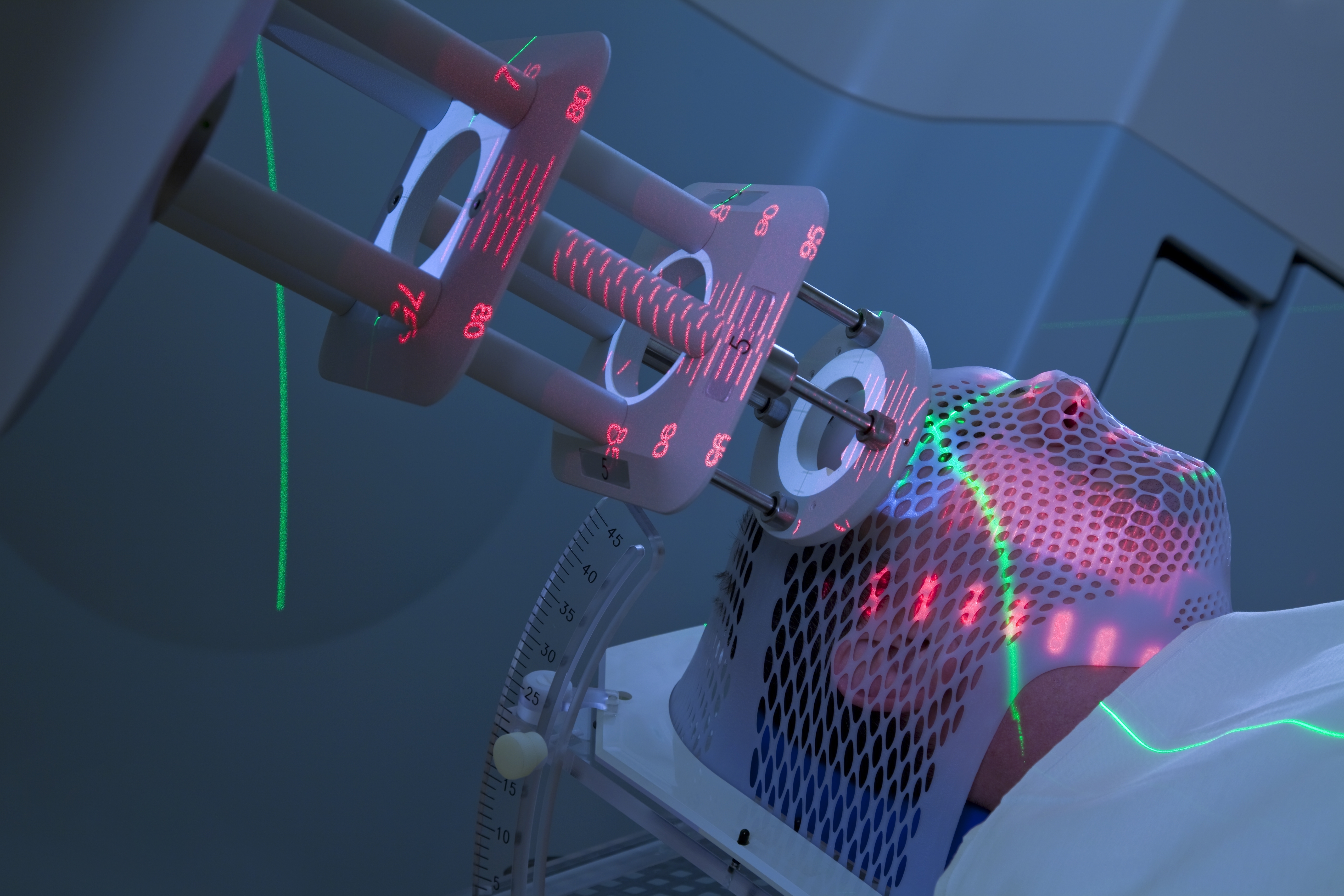Shahrin Ahmed, medical specialist at Canadian Cancer Society, shared on X:
“A new radiotherapy technique for treating head and neck cancer has the potential to reduce treatment times by nearly half
Radiation therapy may become available to a greater number of people suffering from head and neck cancer in low- and middle-income countries (LMICs). The IAEA’s research revealed that standard radiotherapy treatments had similar clinical outcomes with fewer but higher doses of radiation treatment.
Shortening waitlists for this type of cancer could lead to more patients receiving timely treatment by reducing overall treatment times. while at the same time lowering the cost and duration of the treatment.
Over 945 000 new head and neck cancer cases were diagnosed globally in 2020, leading to 468 000 deaths. LMICs are responsible for 76% of new cases and 84% of deaths, which is the brunt of this burden.
A new approach that is based on evidence and uses resources efficiently can increase access to radiotherapy for head and neck cancer patients around the world. The IAEA established a coordinated research project (CRP) in 2010, dubbed the HYPNO trial, to examine an advanced treatment method for a disease that is disproportionately affected by LMICs.
Radiotherapy is usually required for seven weeks by conventional treatments for head and neck cancers.
The IAEA analyzed a more intensive treatment regimen (hypofractionated radiotherapy) using evidence based approaches. Radiation doses are reduced but increased over four weeks, resulting in a procedure that takes almost half the time of standard radiotherapy.
Under this first-ever comparison, 729 patients received either normo-fractionated accelerated radiotherapy or hypofractionated radiotherapy. Patients in both groups showed similar outcomes and survival rates, demonstrating the safety and effectiveness of fewer but higher doses in a condensed time frame.
The direct results of the HYPNO trial mean that radiation oncologists can now treat more head and neck patients with similar clinical outcomes. Both providers and patients can navigate resource constraints with the help of hypofractionation, which is a cost-effective and convenient option.
In summary, the bioinformatics analyses assessed the effects of radiation on patients with head and neck cancer. A theoretical framework is presented in this study to explain the molecular mechanisms behind radiotherapy’s effectiveness in treating head and neck cancer, and scientific recommendations for drug therapy as well.”
Source: Shahrin Ahmed/X
